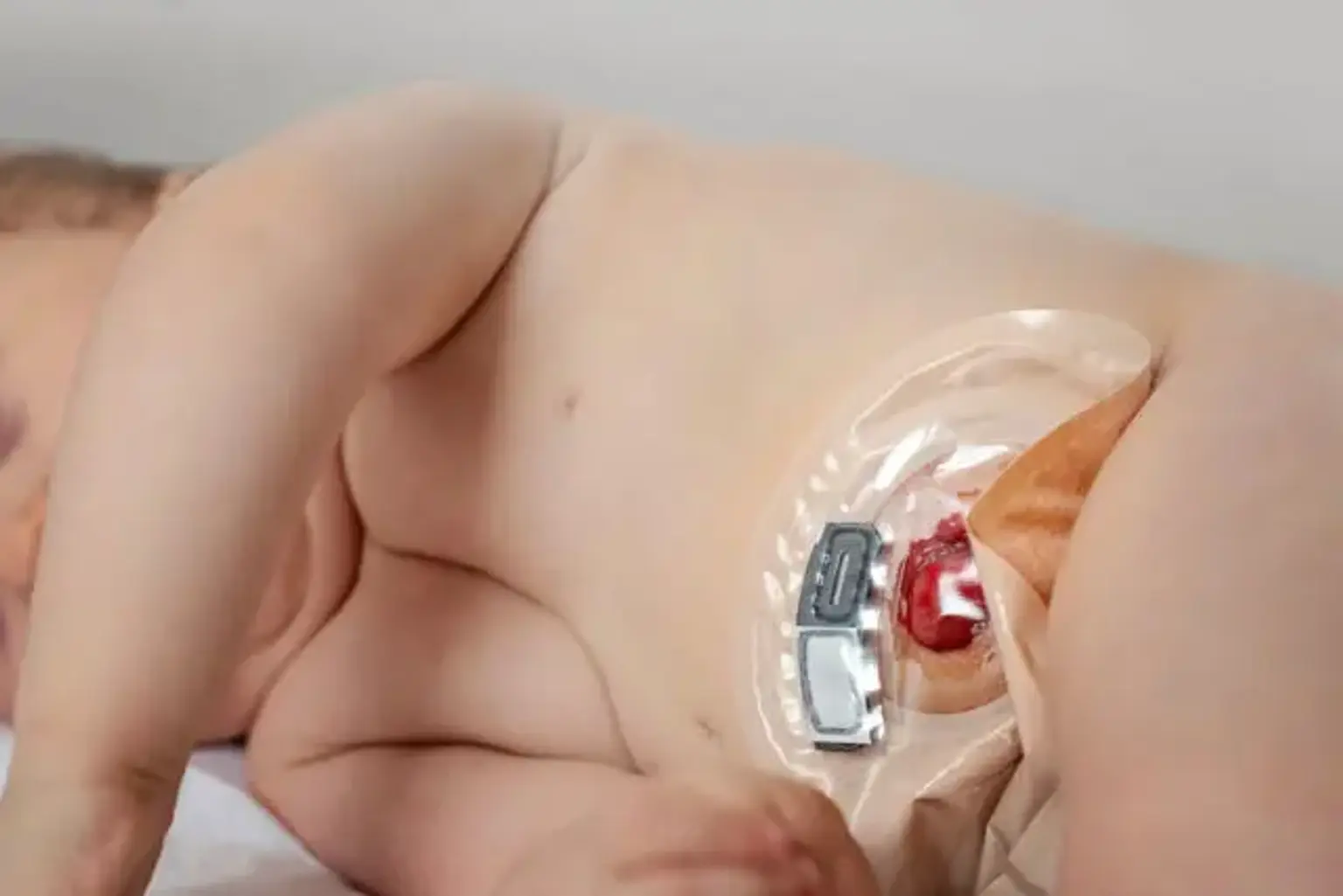Colostomy Closure
Overview
A colostomy is a surgical operation that produces an opening (stoma) in the large intestine (colon). The healthy end of the colon is drawn through an incision in the front abdominal wall and sutured into place to make the opening. This aperture, which is frequently used in combination with a connected ostomy device, provides an alternate route for feces to exit the body. Thus, if the natural anus is unable to perform that role (for example, if it has been removed in the fight against colorectal cancer or ulcerative colitis), an artificial anus steps in. Depending on the conditions, it may be reversible or permanent.
The intestinal stoma is now regarded one of the most common life-saving emergency surgeries performed worldwide. It can be used to treat a variety of benign and malignant gastrointestinal diseases as an emergency or elective procedure. More than 130.000 intestinal stomas are implanted in the United States each year to treat disorders such as inflammatory bowel disease, radiation injury, colonic diverticulitis, and fecal incontinence. Although intestinal stomas are considered life-saving surgeries, they are accompanied with a number of complications.
A colostomy reversal, also known as a colostomy takedown, is a reversal of the colostomy process by which the colon is reattached by anastomosis to the rectum or anus, providing for the reestablishment of flow of waste through the gastrointestinal tract.
